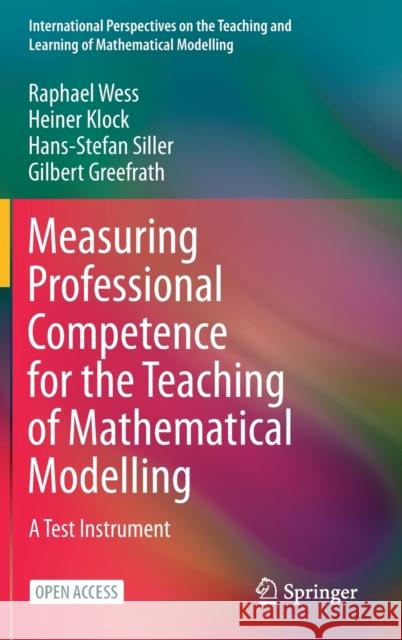Measuring Professional Competence for the Teaching of Mathematical Modelling: A Test Instrument » książka
topmenu
Measuring Professional Competence for the Teaching of Mathematical Modelling: A Test Instrument
ISBN-13: 9783030780708 / Angielski / Twarda / 2021 / 129 str.
Measuring Professional Competence for the Teaching of Mathematical Modelling: A Test Instrument
ISBN-13: 9783030780708 / Angielski / Twarda / 2021 / 129 str.
cena 201,72
(netto: 192,11 VAT: 5%)
Najniższa cena z 30 dni: 192,74
(netto: 192,11 VAT: 5%)
Najniższa cena z 30 dni: 192,74
Termin realizacji zamówienia:
ok. 22 dni roboczych
Bez gwarancji dostawy przed świętami
ok. 22 dni roboczych
Bez gwarancji dostawy przed świętami
Darmowa dostawa!
Kategorie:
Kategorie BISAC:
Wydawca:
Springer
Seria wydawnicza:
Język:
Angielski
ISBN-13:
9783030780708
Rok wydania:
2021
Wydanie:
2021
Numer serii:
000428644
Ilość stron:
129
Waga:
0.37 kg
Wymiary:
23.39 x 15.6 x 0.97
Oprawa:
Twarda
Wolumenów:
01
Dodatkowe informacje:
Wydanie ilustrowane











